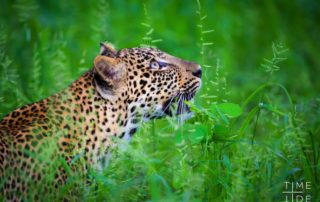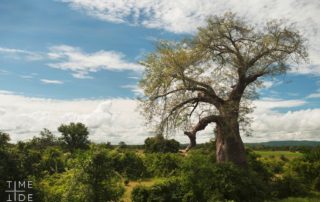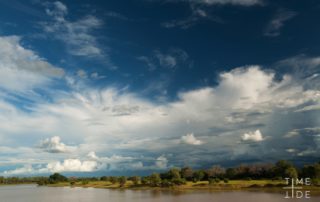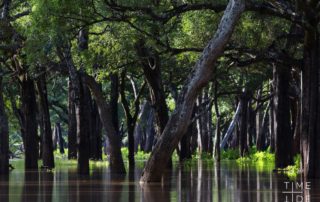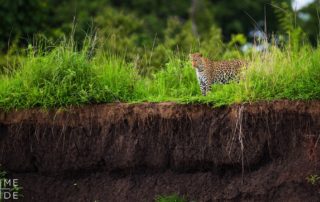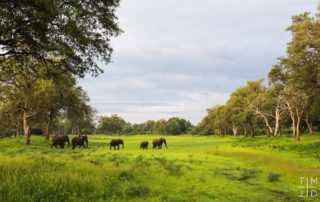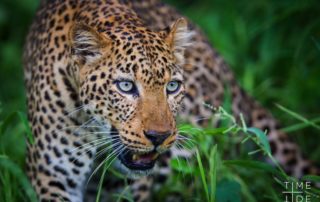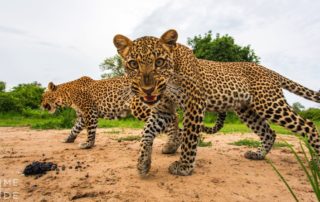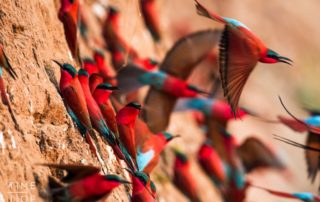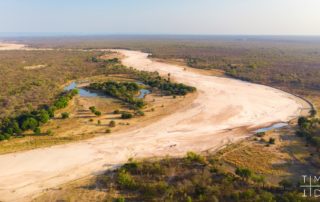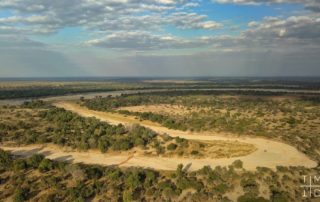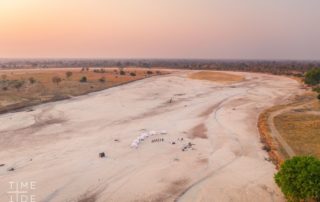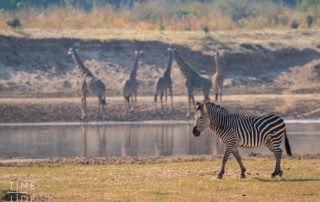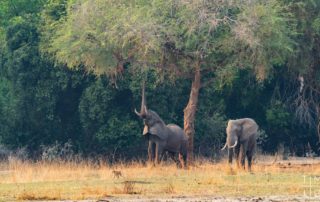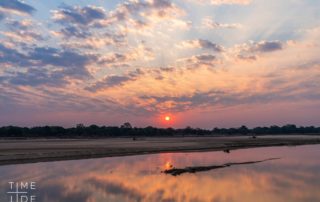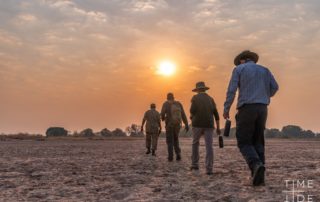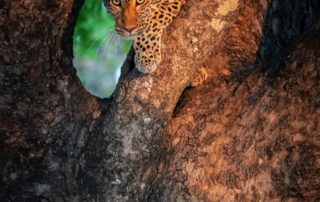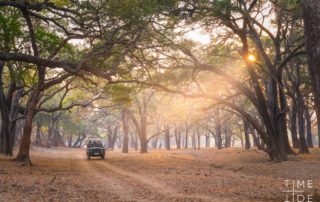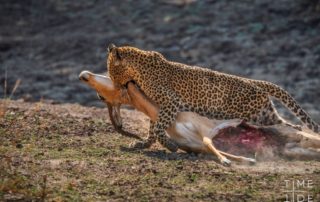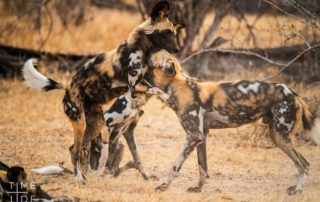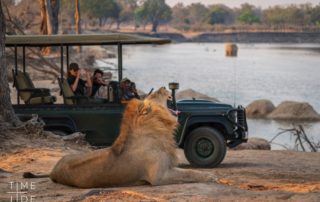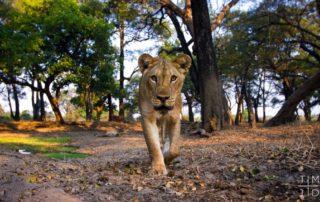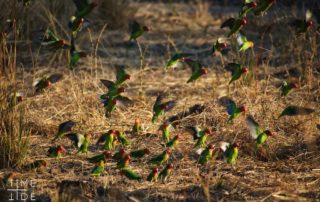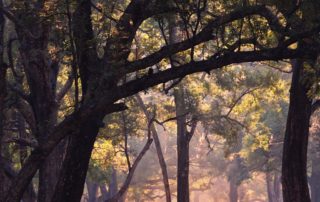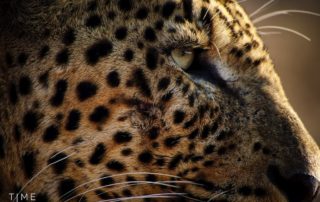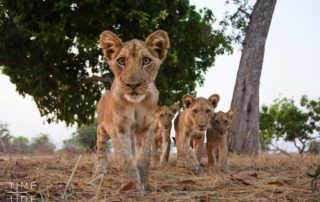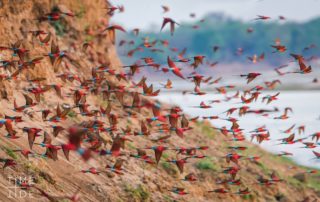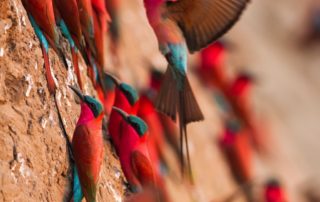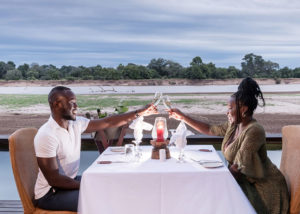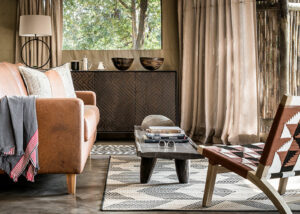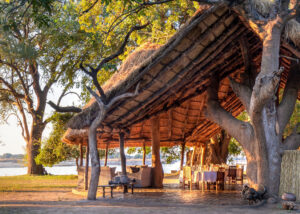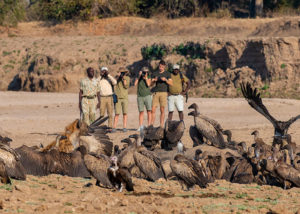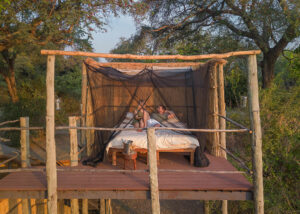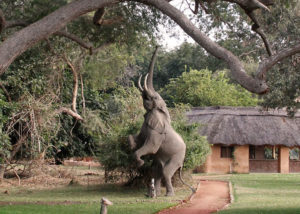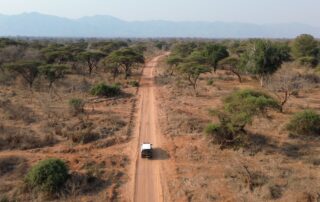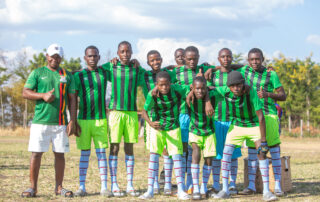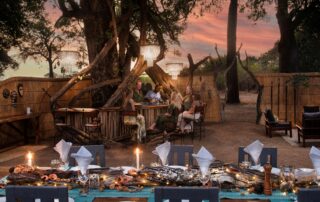SOUTH LUANGWA NATIONAL PARK
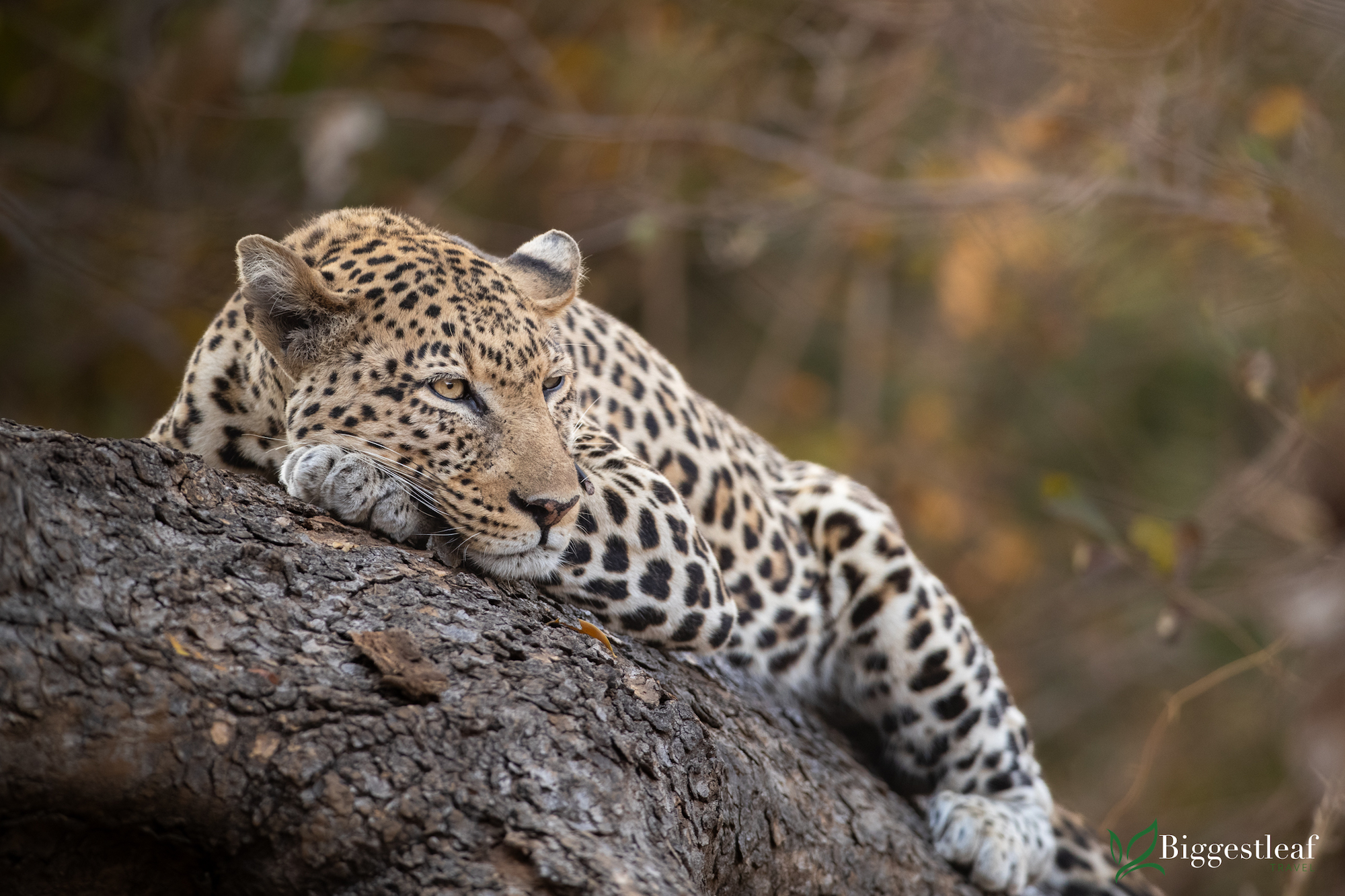
Experts have dubbed South Luangwa to be one of the greatest wildlife sanctuaries in the world and not without reason. The concentration of animals around the Luangwa River, and its oxbow lagoons, is among the most intense in Africa.
The Luangwa River is the most intact major river system in Africa and is the life-blood of this 9 050km2 / 5 623mi² park. It protects a wide variety of wildlife, birds and vegetation. The now famous ‘walking safari’ originated in South Luangwa and is still one of the finest ways to experience Africa’s pristine wilderness first-hand. The changing seasons add to its richness, ranging from dry, bare bush in the winter (April to October) to a lush, green wonderland in the summer months (November to March). There are 60 different animal species and over 400 different bird species in South Luangwa National Park. The only notable exception is the rhino, sadly poached to extinction.
With about 400 of Zambia’s 732 species of birds appearing in the park, including 39 birds of prey and 47 migrant species over summer, there is plenty for the birdwatcher to spot, whatever the season.
An interest in the vegetation of Zambia will enhance your experience of the bush. Some magnificent trees and plants grow in the Luangwa Valley and it certainly adds to the richness of your experience to be able to recognise the different tree species and to discover exotic wildflowers.
Among the more common trees in the valley are the mopane, leadwood, winterthorn, ivory palm, marula and the magnificent tamarind tree. There are some incredible baobab specimens and a few large ebony forests to admire.
MORE INFORMATION
ACCOMMODATION IN SOUTH LUANGWA
There is a wide range of accommodation from which to enjoy all that this incredible park has to offer. Most of the accommodation is found along the Luangwa river’s edge, so you can see hippos, crocodiles, elephants and more without even having to leave the comfort of the deck. In fact, the park’s elephants, hippos, giraffes, vervet monkeys, baboons, bushbuck and more are often even known to wander around within the grounds of the unfenced lodges, adding to the already unique and truly wild African experience that is the order of the day anywhere around here.
NB Please note that “Rates From” could be fully inclusive (may include activities such as game drives and walking trails for example) on some listings and not on others. Contact the establishment you are interested in for specific rates.
FEATURED LISTINGS
WATCH THE LATEST VIDEOS
LATEST NEWS
Zambia: The Overlooked Gem for Self-Drive Adventures
Zambia has long been on our radar, and 2024 is the year we embark on a much-anticipated reconnaissance trip. At Ultimate Routes, we take pride in building a rich, first-hand knowledge base that informs our route designs and bookings [...]
Productive Year for Project Luangwa
Despite significant challenges such as power cuts, funding cuts and the cyclical El Nino Southern Oscillation weather pattern bringing a drought in its wake, Project Luangwa is powering ahead to help communities in South Luangwa National Park and the greater [...]
Mwamba Reopens After Full Refresh
Mwamba Camp in South Luangwa National Park is up-and-running after an extensive series of upgrades. The chalets now feature woven bamboo on the exterior and interior, with a layer of matting and a screen in between to keep out insects [...]

